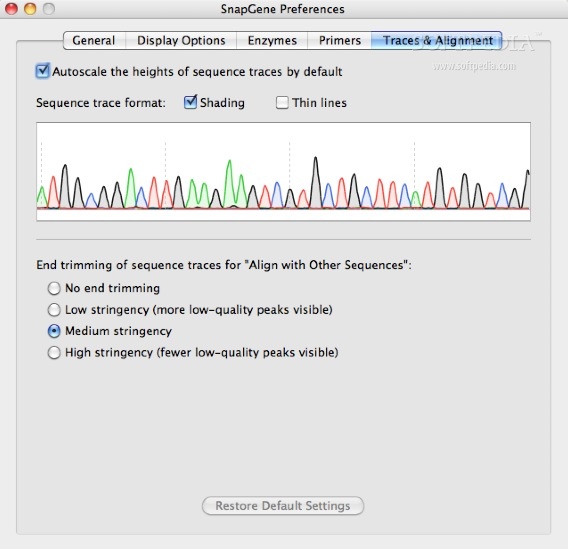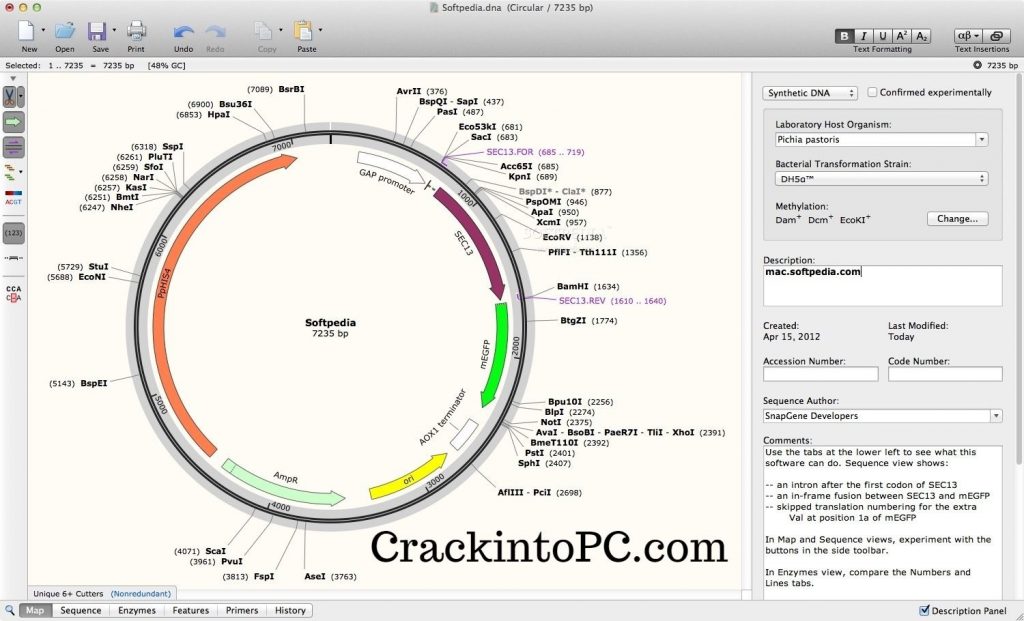


Light-evoked signals provoke Ca 2+ influx in SCN neurons and activate a phosphorylation cascade, including protein kinase A (PKA), protein kinase G (PKG), Ca 2+/calmodulin-dependent protein kinase (CaMK), and mitogen-activated protein kinases (MAPK) also known as extracellular-signal-regulated kinases (ERK). For instance, in the suprachiasmatic nuclei (SCN) located above the optic chiasm in the ventral part of the hypothalamus, the signal is responsible for the release of neurotransmitters such as glutamate and PACAP 9. Light is perceived by the retina by intrinsically photosensitive retinal ganglion cells (ipRGCs) and transduced via the retinohypothalamic tract (RHT) to many different brain regions. In mammals, light can entrain the circadian clock, regulate mood behaviors, and blood vessel relaxation 6, 7, 8. Light perception is one of the most important mechanisms that provoke biological responses in organisms, from resetting the circadian clock to cell division, metabolism, and redox state regulation 1, 2, 3, 4, 5. Collectively, our data show that PER2 supports the stimulus-dependent induction of the Per1 gene via modulation of the CREB/CRTC1/CBP complex. This process was accompanied by a reduction of histone H3 acetylation and decreased recruitment of RNA Pol II to the Per1 gene. Furthermore, the absence of PER2 abolished the interaction between the histone acetyltransferase CBP and CREB. Using in vitro and in vivo approaches, we show that PER2 modulates the interaction between CREB and its co-regulator CRTC1 to support complex formation only after a light or forskolin stimulus. Here we provide evidence that PER2 acts as a co-factor of CREB to facilitate the formation of a transactivation complex on the CRE element of the Per1 gene regulatory region in response to light or forskolin. However, the details of this pathway are poorly understood. This modification leads CREB to recruit the co-factor CRCT1 and the histone acetyltransferase CBP to stimulate the transcription of genes containing a CRE element in their promoters, such as Period 1 ( Per1). At the molecular level, a stimulus such as light initiates a cascade of kinases that phosphorylate CREB at various sites, including serine 133 (S133). Light affects many physiological processes in mammals such as entrainment of the circadian clock, regulation of mood, and relaxation of blood vessels.


 0 kommentar(er)
0 kommentar(er)
